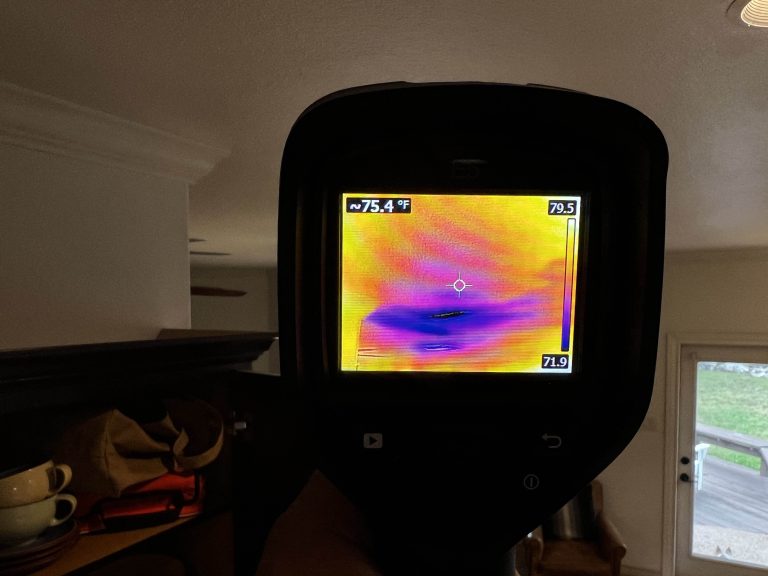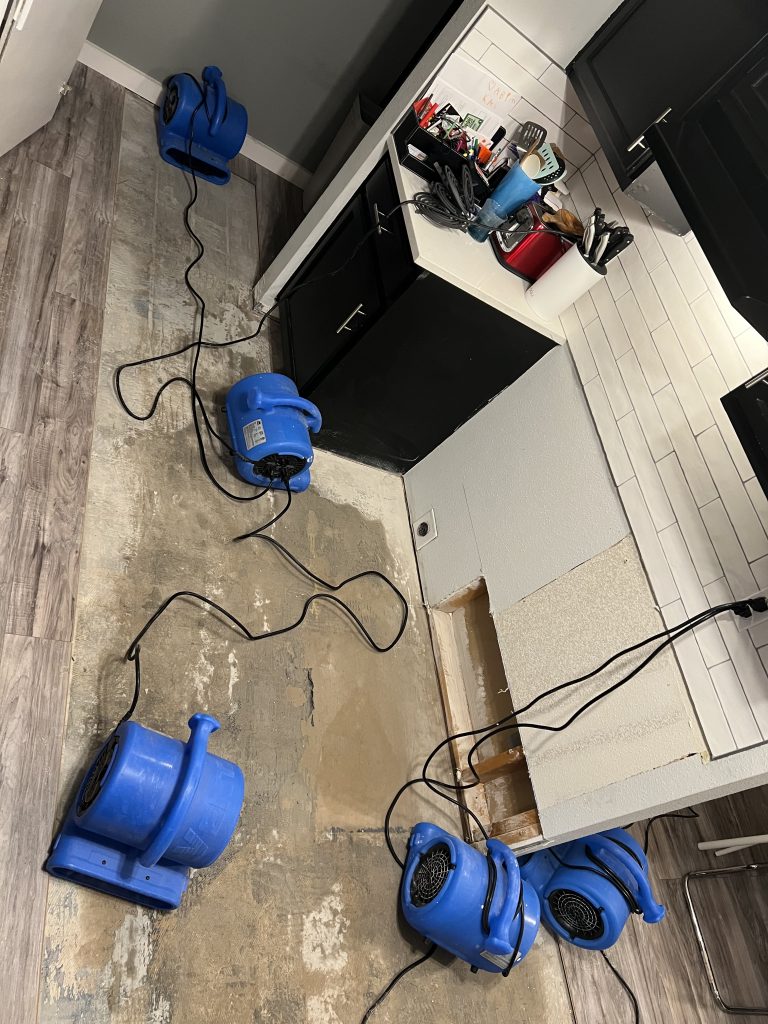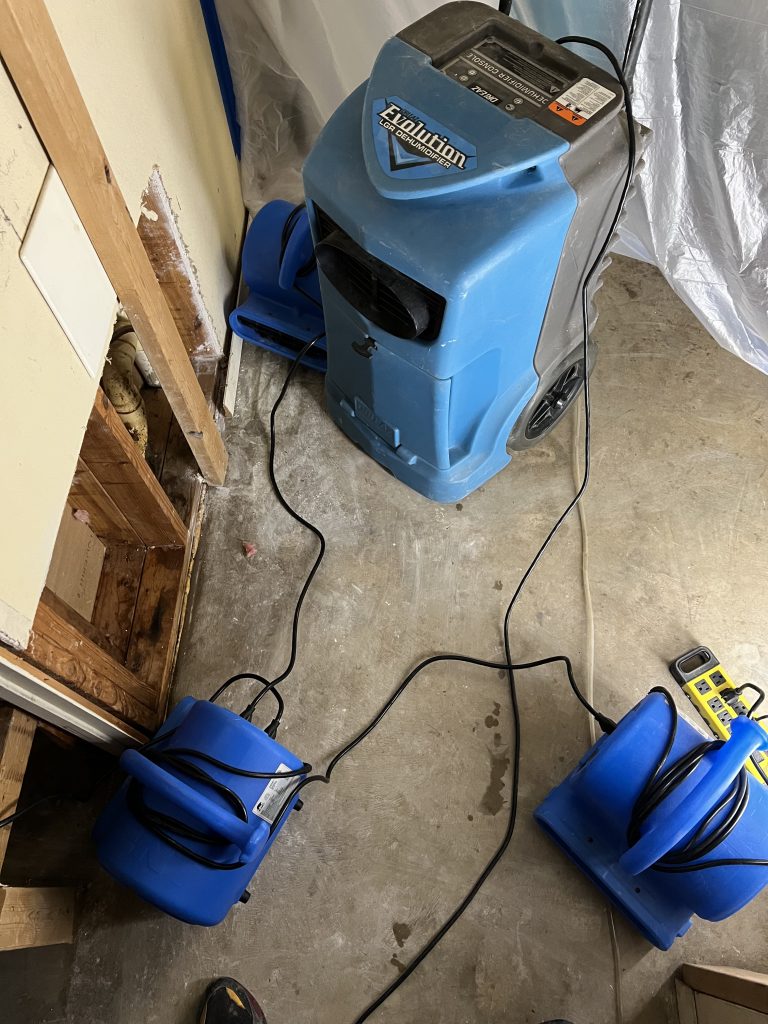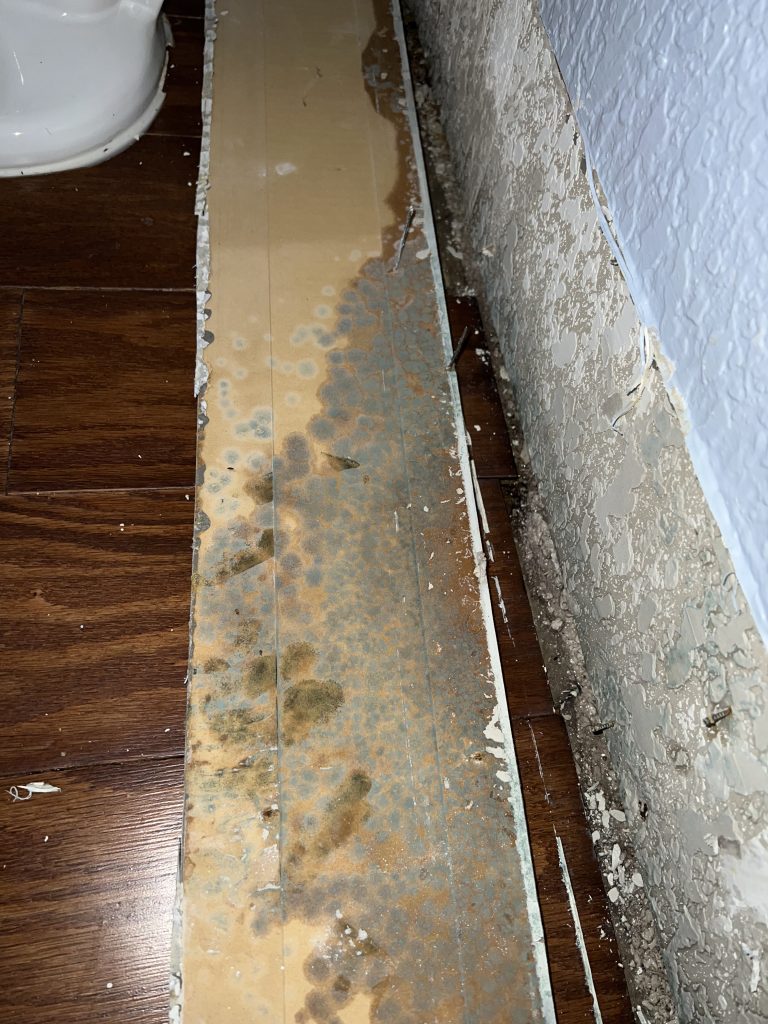Water Mitigation and Restoration
Restoring Your Property, Restoring Your Peace of Mind
Introduction
Water damage can be a disruptive and devastating event for homeowners and businesses alike. Whether it’s caused by a burst pipe, flooding, roof leaks, or any other source, water damage can lead to structural issues, mold growth, and damage to personal belongings. It is crucial to understand the importance of water mitigation and restoration to minimize the long-term impact on your property. In this guide, we will explore the process of water mitigation and restoration, the key steps involved, and the benefits of entrusting this critical task to professionals.
Understanding Water Mitigation
What is Water Mitigation?
Water mitigation refers to the immediate response and actions taken to prevent further damage after a water-related incident. The primary goal of water mitigation is to stabilize the situation, protect the property, and minimize potential risks. It involves a range of activities, such as water extraction, drying, dehumidification, and disinfection.
Importance of Prompt Water Mitigation
Prompt water mitigation is essential to prevent additional damage and reduce the potential for mold growth. Acting swiftly can help save valuable possessions and reduce the overall cost of restoration. The longer water sits, the more it seeps into building materials, leading to structural damage and compromising the safety of your property.
Risks of Delayed Water Mitigation
Delaying water mitigation can have severe consequences. Mold growth can begin within 24-48 hours, posing health risks to occupants and requiring extensive remediation efforts. Delayed mitigation also increases the likelihood of permanent damage to building materials, electrical systems, and personal belongings.
The Water Restoration Process
Initial Assessment and Documentation
The restoration process begins with a thorough assessment of the water damage. Trained professionals evaluate the affected areas, document the extent of the damage, and identify the source of the water intrusion. This assessment helps create a comprehensive restoration plan tailored to the specific needs of your property.
Water Extraction
Water extraction is a critical step in the restoration process. Using powerful pumps and vacuums, professionals remove standing water from the premises. Advanced equipment ensures efficient and thorough extraction, including water hidden within walls, floors, and other hard-to-reach areas.
Structural Drying and Dehumidification
Once the water is removed, the drying process begins. Industrial-grade air movers, dehumidifiers, and specialized equipment are strategically placed to expedite the drying of affected surfaces, including walls, floors, and furniture. This step aims to prevent further damage and inhibit mold growth.
Mold Remediation
If mold growth is detected during the assessment or becomes apparent during the restoration process, mold remediation becomes a crucial part of the restoration plan. Trained technicians follow established protocols to safely remove mold and prevent its recurrence.
Cleaning and Sanitization
Water damage often leaves behind contaminants and odors. Professional restoration services include thorough cleaning and sanitization to ensure a safe and healthy environment. This step involves the use of industry-approved disinfectants and specialized cleaning techniques to restore the affected areas to their pre-damage condition.
Repairs and Reconstruction
In cases of severe water damage, repairs and reconstruction may be necessary. Restoration professionals coordinate with contractors and other specialists to restore the structural integrity of your property. This includes repairing damaged walls, floors, ceilings, and other affected areas.</





